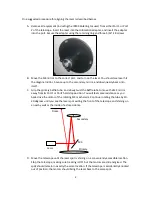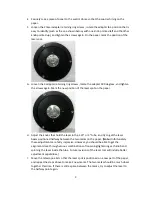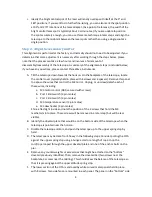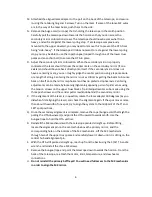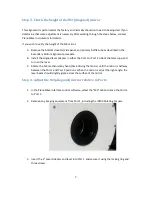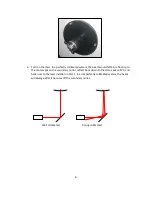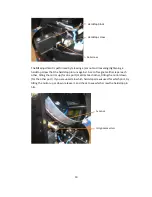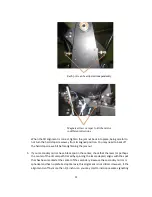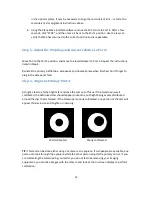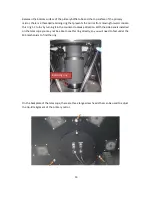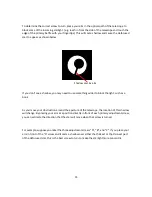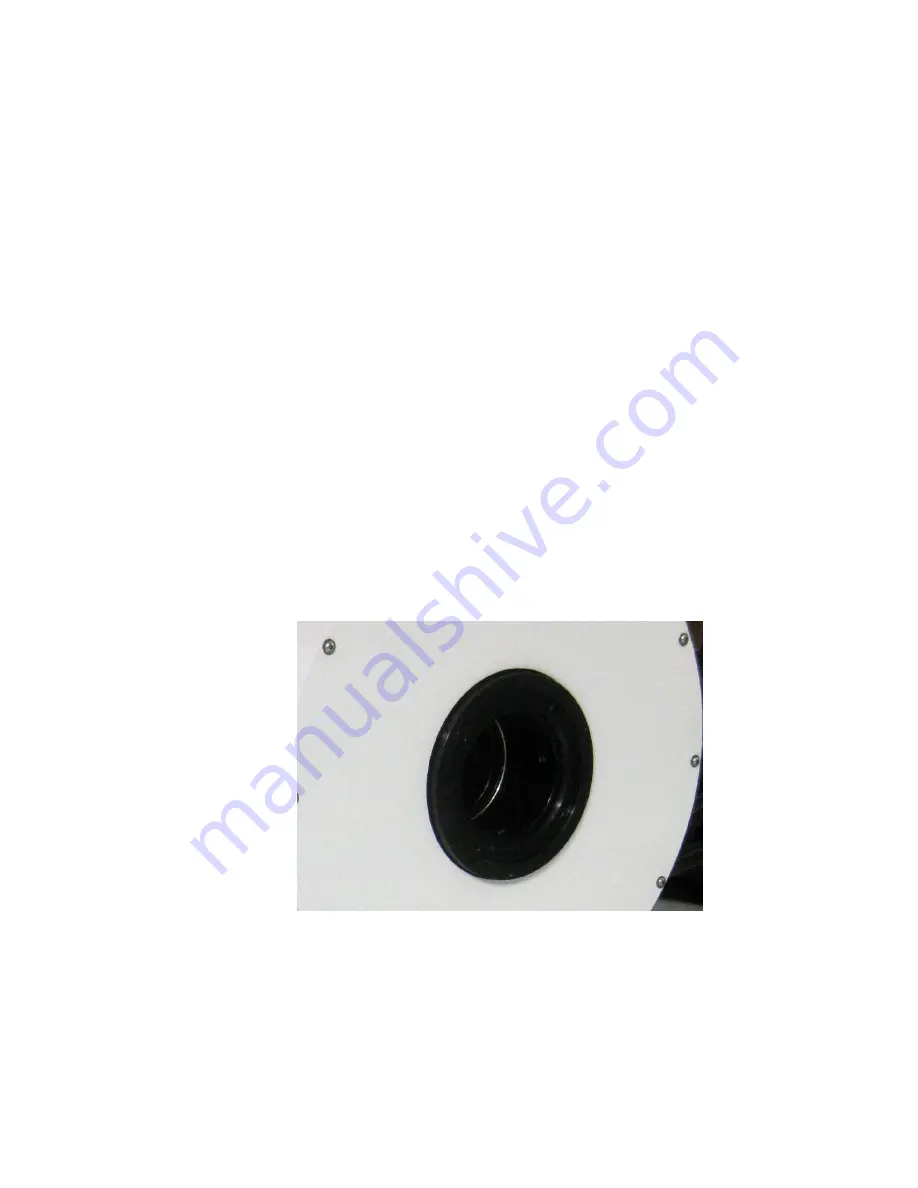
7
Step 3 - Check the height of the M3 (diagonal) mirror
This alignment is performed at the factory and normally should not need to be adjusted. If you
determine that some adjustment is necessary after working through the steps below, contact
PlaneWave Instruments for details.
If you wish to verify the height of the M3 mirror:
A.
Remove the bottom dovetail, side panel, and primary baffle tube as described in the
Secondary Mirror alignment procedure
B.
Install the aligned laser adapter in either the Port 1 or Port 2 side of the telescope, and
turn on the laser
C.
Rotate the M3 mechanism by hand (back-driving the motor) until the mirror is halfway
between the Port 1 and Port 2 positions. When the mirror is at just the right angle, the
laser beam should slightly graze across the surface of the mirror.
Step 4 - Adjust the M3 (diagonal) mirror relative to Port 1
1.
In the PlaneWave Interface control software, select the "M3" tab and move the mirror
to Port 1.
2.
Remove any imaging equipment from Port 1, including the IRF90 Rotating Focuser.
3.
Insert the 2" Laser Adapter and laser into Port 1, and secure it using the locking ring and
three screws.


